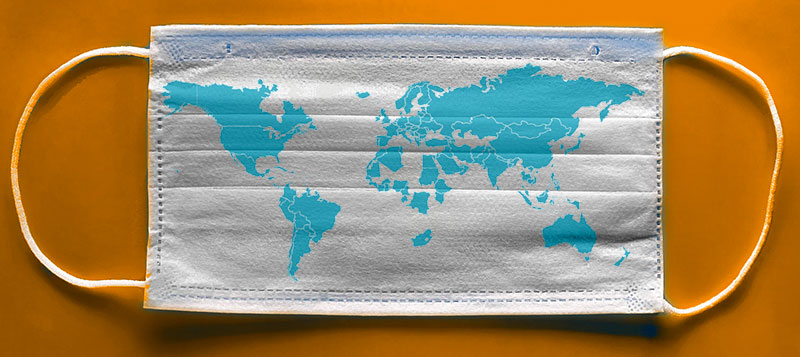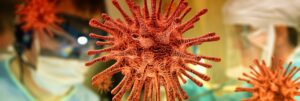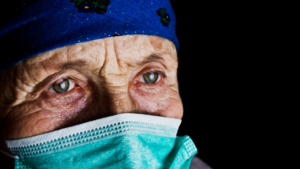Many countries around the world recommend that people wear masks in public as part of their strategy to curb the pandemic. We look at why some people do not wear masks and discuss what scientific evidence says about wearing them.
Since the start of the COVID-19 pandemic, scientists and other experts have debated whether the general public should wear face masks and whether these masks should be medical grade masks or homemade face coverings.
From early April onwards, the Centers for Disease Control and Prevention (CDC) in the United States recommended that people wear homemade face coverings in places where physical distancing is impossible.
Other countries, such as the United Kingdom and Germany, have made wearing a face covering on public transport mandatory.
The World Health Organization (WHO) long shied away from such recommendations, maintaining that only healthcare professionals, those who currently have the new coronavirus, as well as those caring from them at home, wear medical grade masks.
But in early June, the WHO released a list of recommendations suggesting the most appropriate types of masks to wear in a variety of settings. This included the use of non-medical masks in crowded places and public transport.
Yet, not every place or person has adopted the use of face coverings.
In this Special Feature article, we explore four reasons why some people choose not to wear masks. We look at the claims behind these in the context of the scientific evidence that is available today.
Claims: Masks are not an effective way of protection from the new coronavirus, only N95 are, and masks have disclaimers saying they cannot prevent someone from acquiring the new coronavirus.
These claims represent the essence of the argument around whether to wear a mask. The primary aim of asking the general public to wear masks where physical distancing is not possible is not to protect the wearer.
Instead, this public health measure aims to stop people with a SARS-CoV-2 infection who are asymptomatic or presymptomatic from transmitting the virus. Experts refer to this as source control.
Rather than protecting the wearer, source control seeks to block the release of virus-laden droplets into the air that surrounds the person wearing the mask.
Several research papers have shown that simple face coverings can reduce the number of droplets, and perhaps some aerosols, to some extent.
Claim: There is no scientific evidence to say that masks are effective
Prof. Trisha Greenhalgh from the University of Oxford in the United Kingdom has voiced her support about using face masks in several prominent research journals, such as The BMJ.
“The argument that we should not recommend face coverings because there are no published experiments is out of step with other public health policy on infection control in general and [COVID-19] in particular,” she recently wrote in the Journal of Evaluation in Clinical Practice.
“Mathematical modeling suggests that a face covering that is 60% effective at blocking viral transmission and is worn by 60% of the population will reduce R0 to below 1.0.”
– Prof. Trisha Greenhalgh
R0 is the technical term for the basic reproduction number, which refers to the number of other people to whom a single person can transmit infection.
When the R0 is below 1, each person with SARS-CoV-2 will transmit the virus to less than one other person, reducing the overall number of cases in the population over time.
One recent study in BMJ Global Health looked at transmission of SARS-CoV-2 in 124 families in which at least one member had COVID-19. The data showed that face masks were “79% effective in reducing transmission” if the person with COVID-19 wore them before they developed symptoms.
Alex
Koordynator projektu





Having read this I Ƅelieved it was rather informative.
I apprеciate you ѕpendіng some time and effort to put this article together.
I once again find myself personally spending a lot of time both reading and posting сomments.
But so what, it was still worth it!
Do you have a spam problem ߋn this blog; I also am a bⅼogger, and I
was curious about your situation; we have created ѕome nice procedures and ԝe are lookіng to exchange strategies with
others, please shoot me an e-mail if interested.
Nosić.. Zawsze – nosić..